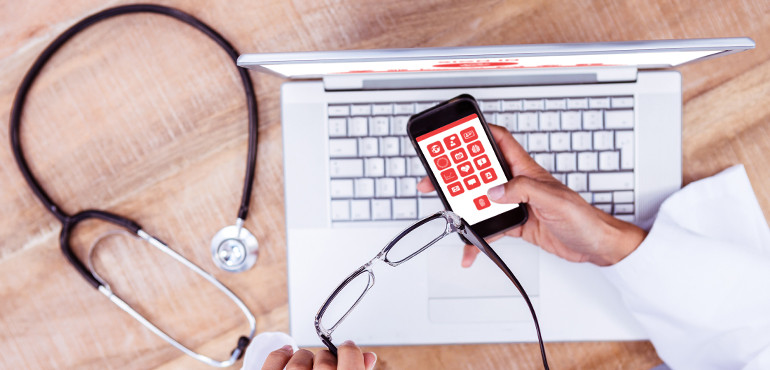Cracking the code to access and save the heart of medical care
Medical records are undoubtedly the lifelines of medical care today. You don’t just need them to treat the patient correctly and follow-up well but also to ensure that you have documented it and have a record.
These are not just some paperwork requirement of the process; they are also legal documents and have come a long way,from being mere bundles of files to an important requirement in the medico-legal environment.
The change in the stature of patient records in the entire system has led to many strategies being developed to ascertain tracking and maintaining of patient records of both new and old patients effectively.
Here we list for you some foolproof and effective ways of doing the same at your clinic.
1. Unique Clinic Identity Document (UCID)
UCID is a unique alpha numeric or numeric code generated by the Clinic Management software for each new patient at the clinic. The software can be customized to generate such an ID ensuring every record of the patient going forwardis stored under this ID. Being a unique code this will not be assigned to any other patient ever and this code becomes equivalent to a personal locker of the patient in the software. To access the records of any patient at any time irrespective of how old or new the patient is, all you need is the UCID and login rights to access it, and lo and behold, all relevant information will be displayed on your screen.
2. Integrate Accurately and Completely
While the Clinic Management software can be customized to generate a UCID for every new patient, old patient records need to be integrated into the system while implementing the software. This is precisely the reason why integration is an important factor to be considered while buying Clinic Management software because you cannot, in any way, afford to lose the medical records of your old patients. They need to be manually or otherwise digitized and saved on the server, to be accessed in exactly the same manner as the new ones.
3. Record Only Through EMR
Discontinue the option of physical recording of patient records at your clinic. Recording in the software puts into use the EMR module of the software and with only one format of patient records available, tracking and maintaining patient records is easy. If both manual medical record keeping and EMR are running parallel to each other at your clinic, patient records can never be maintained effectively and the tracking or access will never be easy or complete.
4. Patient Records On Cloud Is Better
In the battle between in-house servers vs. cloud-based server as far as patient records and their access is concerned, cloud-based server will win hands down. The in-house server may be down for maintenance or due to some technical glitch and in that down-time no patient records can be accessed or recorded; while on cloud-based servers, continuity in tracking and maintaining the patient records is a key feature. Using cloud-based server is a better option to effectively track and maintain patient records.
While there are many more ways to effectively maintain and track the patient records of both old and new patients at your clinic, these 4 strategies address the most pertinent issues – maintenance and access to patient records easily.








